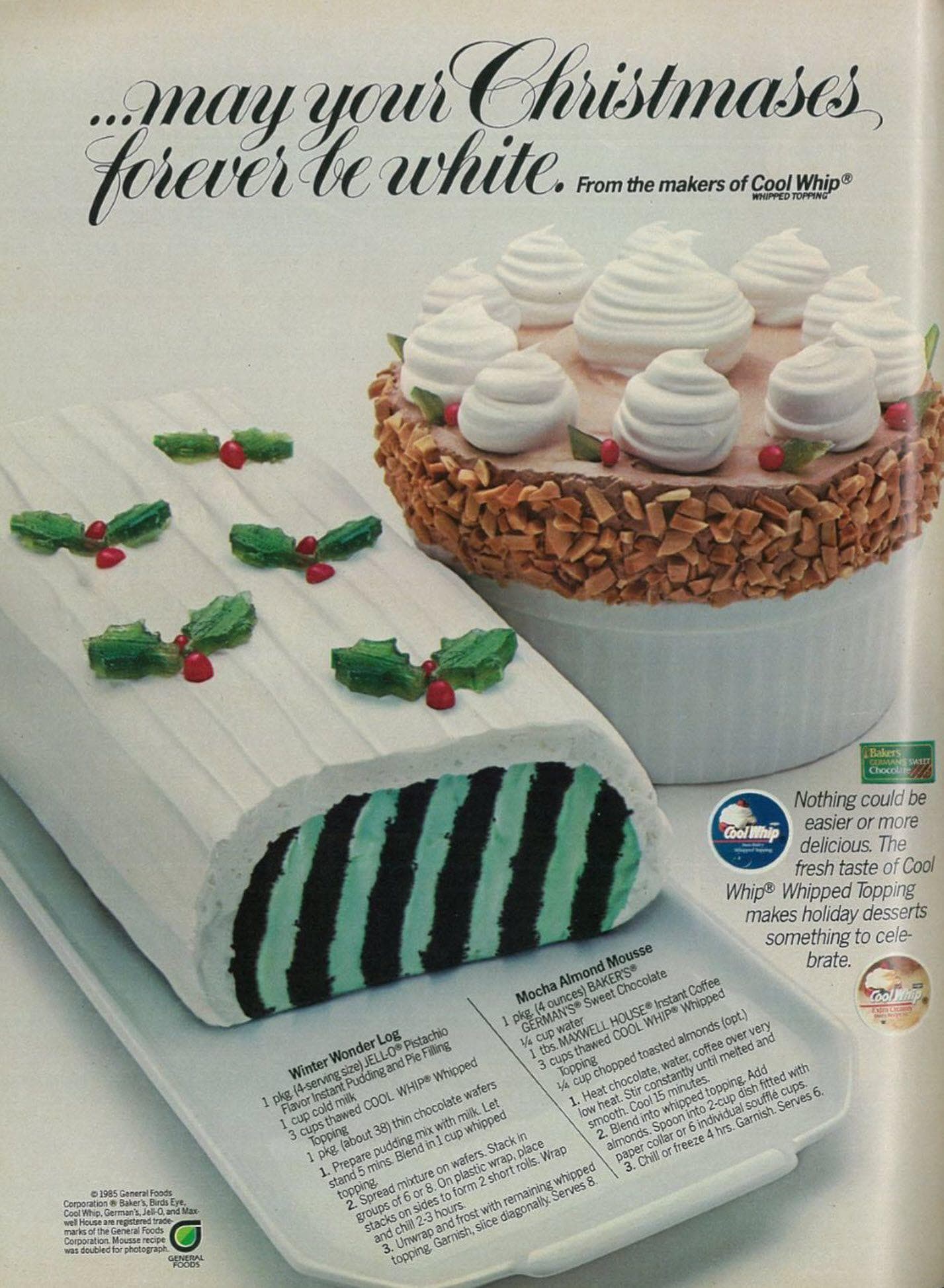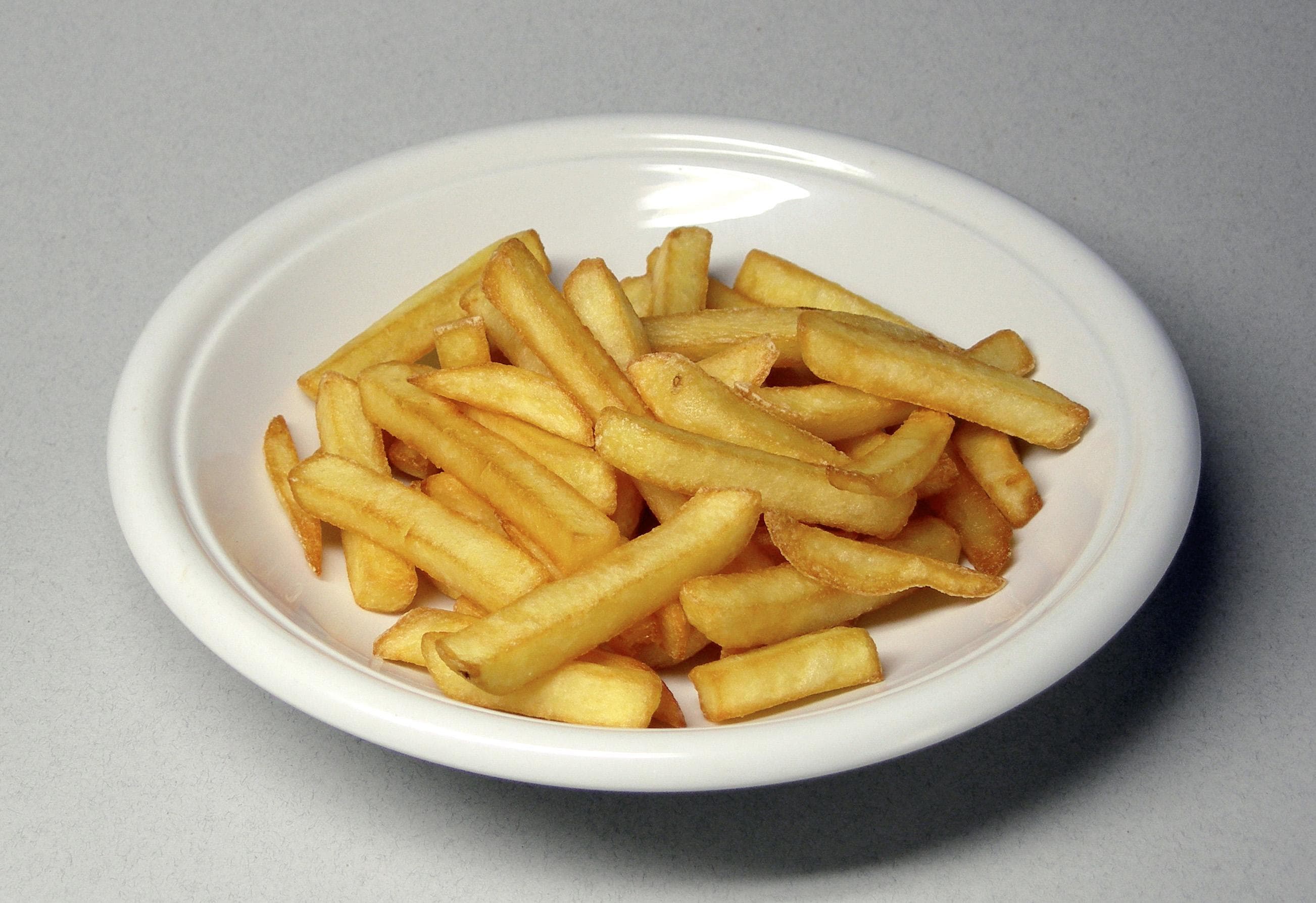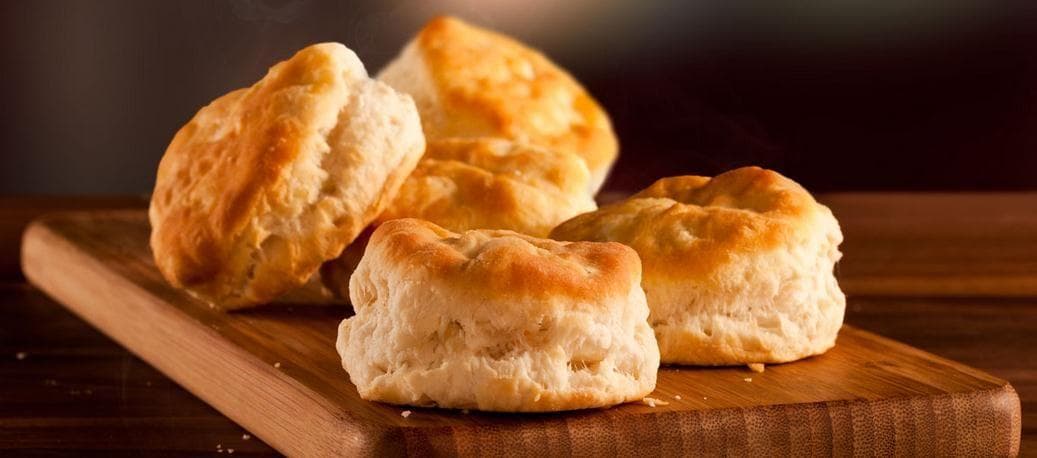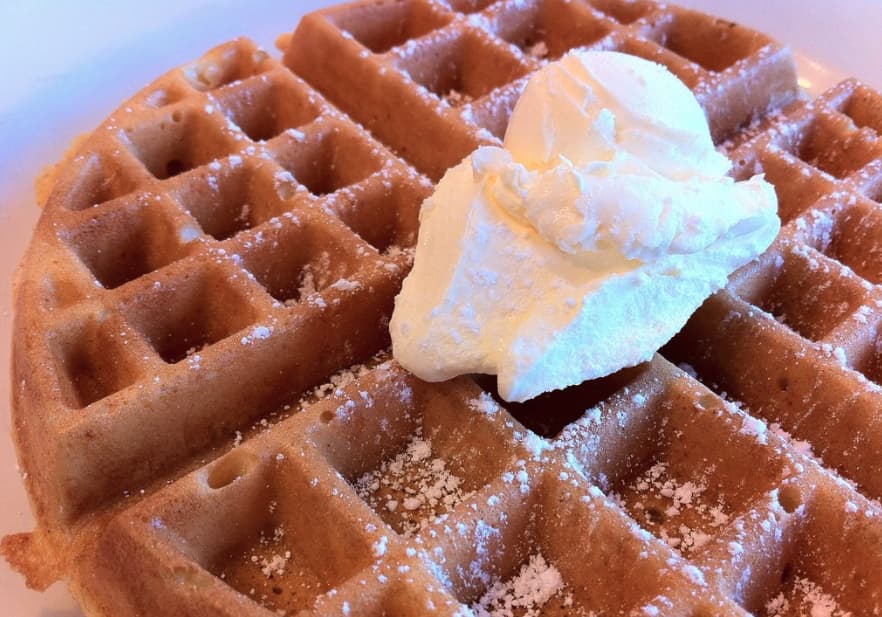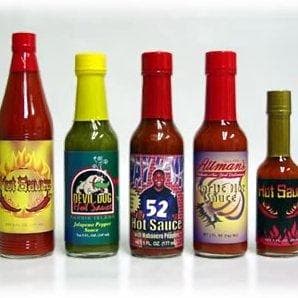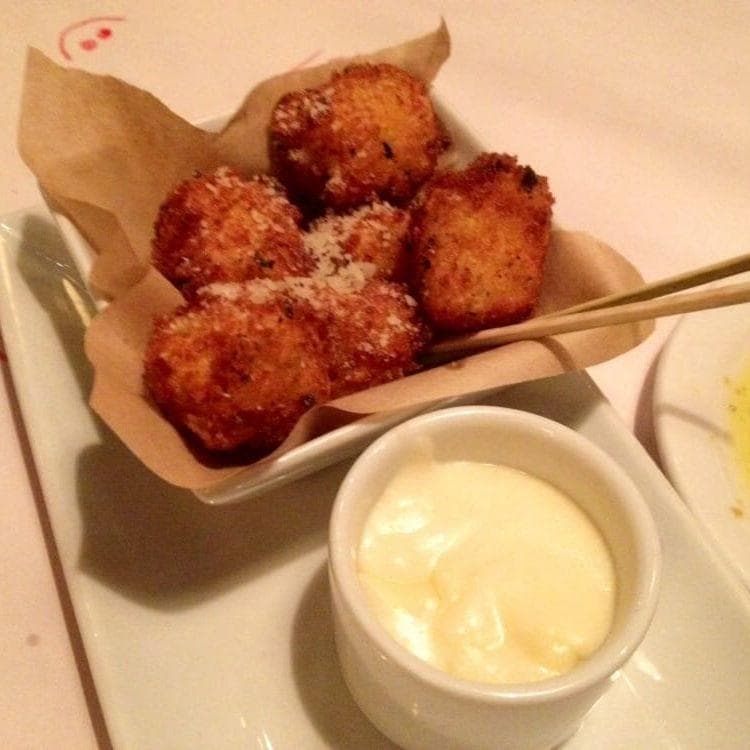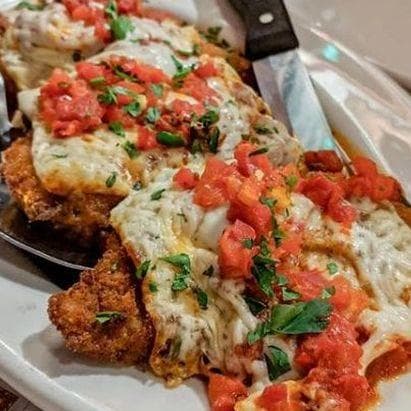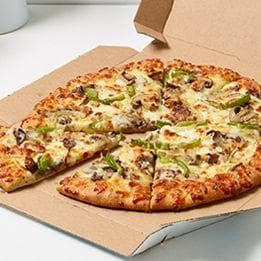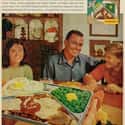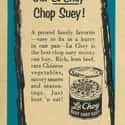-
(#4) TV Dinners Became Prevalent When Televisions Were Introduced Into Every Home
In 1949, brothers Albert and Meyer Bernstein created the company Frozen Dinners, Inc., and began serving full dinners on aluminum trays in the Pittsburgh area. These quick meals immediately took off. Within a year, the company had sold more than 400,000 frozen dinners. Within five years, the brothers had changed the name of their business to the Quaker State Food Corporation and had sold more than 2.5 million dinners.
It wasn't until 1953, when Swanson began selling and advertising its own prepackaged dinners, that the frozen meal became known as the "TV dinner" and became one of the most defining meals of the 1950s. Swanson sold 25 million TV dinners in 1954 alone. The meals appealed to families because they were convenient, cheap, and delicious. Of course, it didn't hurt that television was becoming the next big thing at the same time, and TV dinners allowed families to eat while watching their favorite shows.
-
(#7) Spam Cemented Its Status As An American Staple With The 'Hormel Girls'
Spam, which takes its name from "spiced ham," hit store shelves in 1937 and was an instant hit with consumers. Made with pork shoulder, ham, salt, water, sugar, and sodium nitrite, the Hormel Foods creation was meat that didn't need refrigeration.
Hormel's marketing resonated with consumers as much as the product did and featured some of the earliest "interactive" campaigns, including a contest to name the product and submit to a Spam recipe book. Spam was also easy for American forces to eat on the front lines, and they introduced it to new countries as they traveled.
After WWII, Spam came back to American dinner tables and was even more popular than before. A musical group of female WWII vets called the Hormel Girls touted the product during peacetime with their hit radio show. During those years, Spam sales went through the roof. Hormel has since sold over 8 billion cans of Spam in 44 counties.
-
(#9) Ovaltine Was A Vitamin-Packed Bedtime Drink
Contrary to popular belief, Ovaltine isn't chocolate milk; it's fortified milk flavoring made with malt extract, sugar, and whey. It's still around today but experienced its peak popularity in the middle of the 20th century.
Ovaltine saw increased sales in the 1950s when advertisements depicted it as a healthy treat. The company also sponsored many radio and television shows, including Captain Midnight.
-
(#11) Housewives Watched Their Waistlines With Diet Soda
No-Cal was a ginger ale created by Hyman Kirsch, the vice president of New York's Jewish Sanitarium for Chronic Disease. Kirsch invented the sugar-free drink for patients at the sanitarium suffering from heart disease and diabetes.
Artificially flavored foods have been around since the 1920s, but sugar-free sodas weren't on the market until No-Cal hit store shelves in the early 1950s. The drink quickly became a favorite, especially among housewives watching their weight. Kirsch expanded the No-Cal lineup to include 11 different flavors. The artificial sweetener used in No-Cal was calcium cyclamate, which has since been banned by the FDA for being carcinogenic.
-
(#8) Wonder Bread Was The Consumer's Bread Of Choice In The 1950s
The Taggart Baking Company marketed Wonder Bread as an economical and nutritious product starting in 1921. In the 1950s, this bleached, sugar-laden, 1.5-pound loaf was the first pre-sliced bread on store shelves. It was hugely popular with consumers. During the 1950s and '60s, the average American consumed a loaf per week and got almost 30 percent of their daily caloric intake from it.
In the '80s, Wonder Bread's reign in the American kitchen was challenged as consumers turned to more artisanal breads. Wonder Bread is still on store shelves but isn't nearly as popular as wheat bread, which has since become the American bread of choice.
-
(#10) Chop Suey Was An Easy Way To Introduce Families To Chinese Cuisine
Post-WWII America saw an increase in the popularity of ethnic cuisines. Chop suey or "shap sui" roughly translates as "odds and ends." This Chinese dish is said to have gotten its start in San Francisco during the Gold Rush. It was popular in American homes and restaurants by the 1920s, but it really took off in the 1950s as a cheap, filling, and easy family meal.
Chop suey - made with meat, noodles, bean sprouts, water chestnuts, bamboo shoots, onions, and celery - fell out of favor by the 1970s as more authentic Chinese dishes grew in popularity.
New Random Displays Display All By Ranking
About This Tool
At the end of World War II, it seemed to be the end of a long and dark night. As a victorious country, the United States has obtained huge development opportunities, and its food culture has also changed a lot. The types of food increased during World War II, especially nuclear families enjoyed many delicious and superior foods at that time.
The eating habits in the Postwar era have changed, and almost no one wants to spend a whole day in the kitchen. In grocery stores, ready-made and frozen foods are all the rage. The pursuit of a relaxing life has become a popular thing. It is a great time to know more about the foods in the Postwar era with the random tool.
Our data comes from Ranker, If you want to participate in the ranking of items displayed on this page, please click here.


